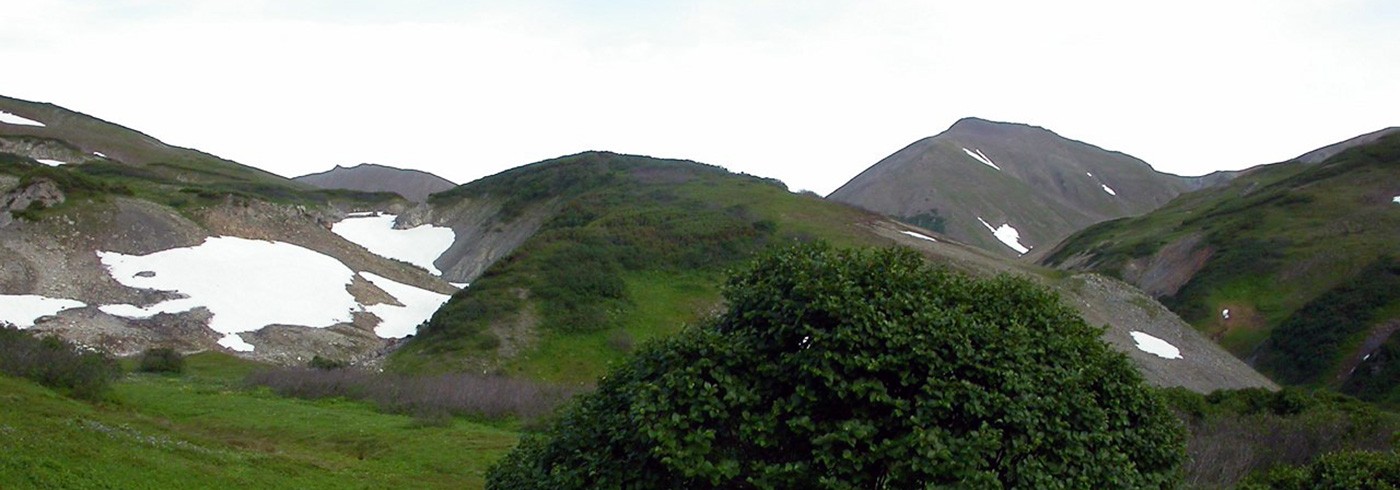Collecting for the Swedish Museum of Natural History
11 July 2005 - 11 August 2005The main objective of our participation in Beringia 2005 was to secure from the biological research carried out during the expedition suitable voucher specimens to be incorporated into the scientific collections of the Department of Vertebrate Zoology at the Swedish Museum of Natural History. We had a particular interest in collecting fish and birds. The activities of other participating research groups also resulted in material that was advantageous to preserve in the museum collections for future studies. Samples will also be used as a complement to, and for comparative and systematic studies with, earlier Swedish museum holdings from the same arctic region collected by the Vega Expedition in 1878–1880, by Sten Bergman’s Kamchatka expedition in 1920–1922 and by the Swedish-Russian Tundra Ecology expedition in 1994.
Material and Methods
During the expedition Peter Mortensen participated in a field group and was responsible for their Base Camp. Others in that group included Dr. Natalja Abramson, St. Petersburg and the guide Slava Nonivanov, Anadyr. Collections and preparations were undertaken in and around the Base Camps D, C and B. In addition, one day collecting was undertaken just east of Anadyr.

Peter Mortensen preparing the skeleton of a Harlequin Duck, Histrionicus histrionicus, shot by the field guide in the morning. Photo: Fredrik Dalerum.
Fishing was by means of gill nets and rods. Large fish were individually marked, photos taken and a piece of muscle tissue was preserved in 95% ethanol. Thereafter the fish was fixed in 10% formalin. For small fish, representative whole fishes were saved in 95% ethanol and the rest were fixed in 10% formalin. Voucher material will eventually be saved in 75% ethanol.
Bird collecting was by means of mist nets and shotgun. Preserved birds were first photographed and a tissue sample was preserved in 95% ethanol. Voucher specimens were then prepared as skins or skeletons, alternatively fixed in 10% formalin later to be preserved in 75% ethanol. For some individuals only a blood sample was taken after photographing.
Since all the material was held up in St. Petersburg, the list of collected specimens is exclusively based on field notes and photographs.
Results
Unfortunately no results can be presented since, due to errors in logistics, some of the samples are still held up in St. Petersburg as we write (February 2006).






